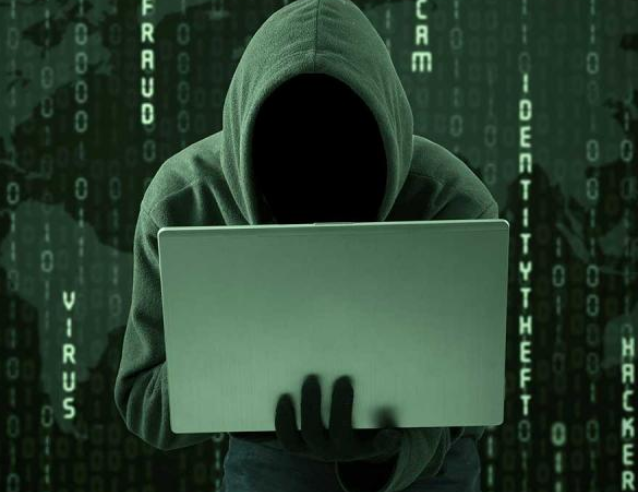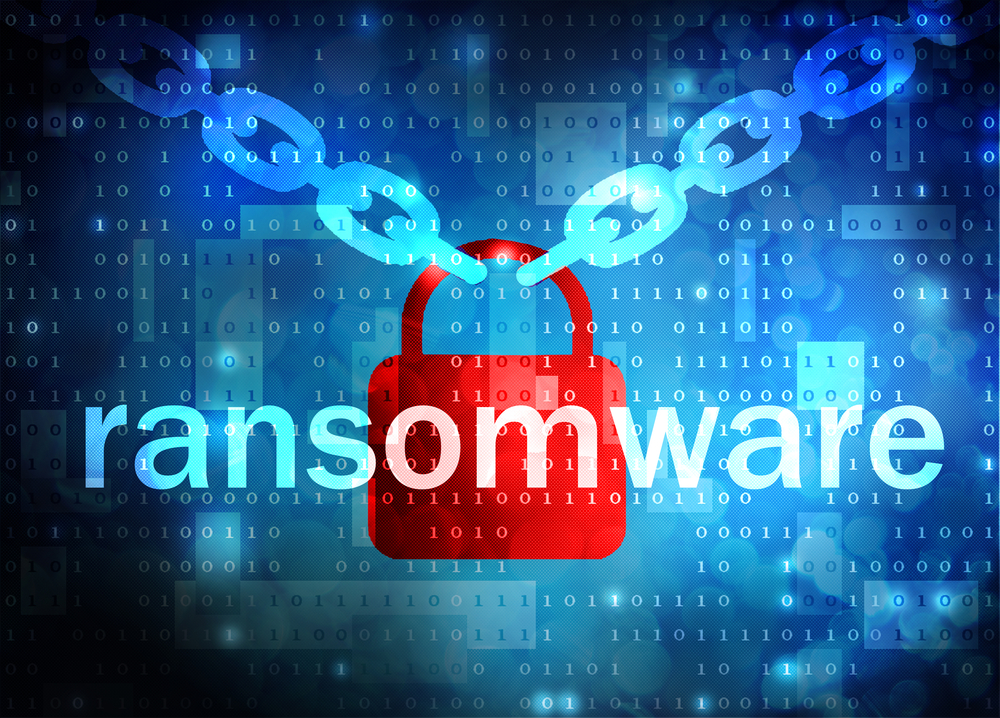Caregivers Cut Off
Ransomware Strikes Senior Living
As technology advances, crime keeps pace. Modern lawbreakers can now hold lives hostage from afar. It’s all because of type of malicious software called ransomware. These programs are designed to lock down computers and data until a monetary demand is paid. When these viruses first cropped up, they generally targeted users indiscriminately by casting a […]


